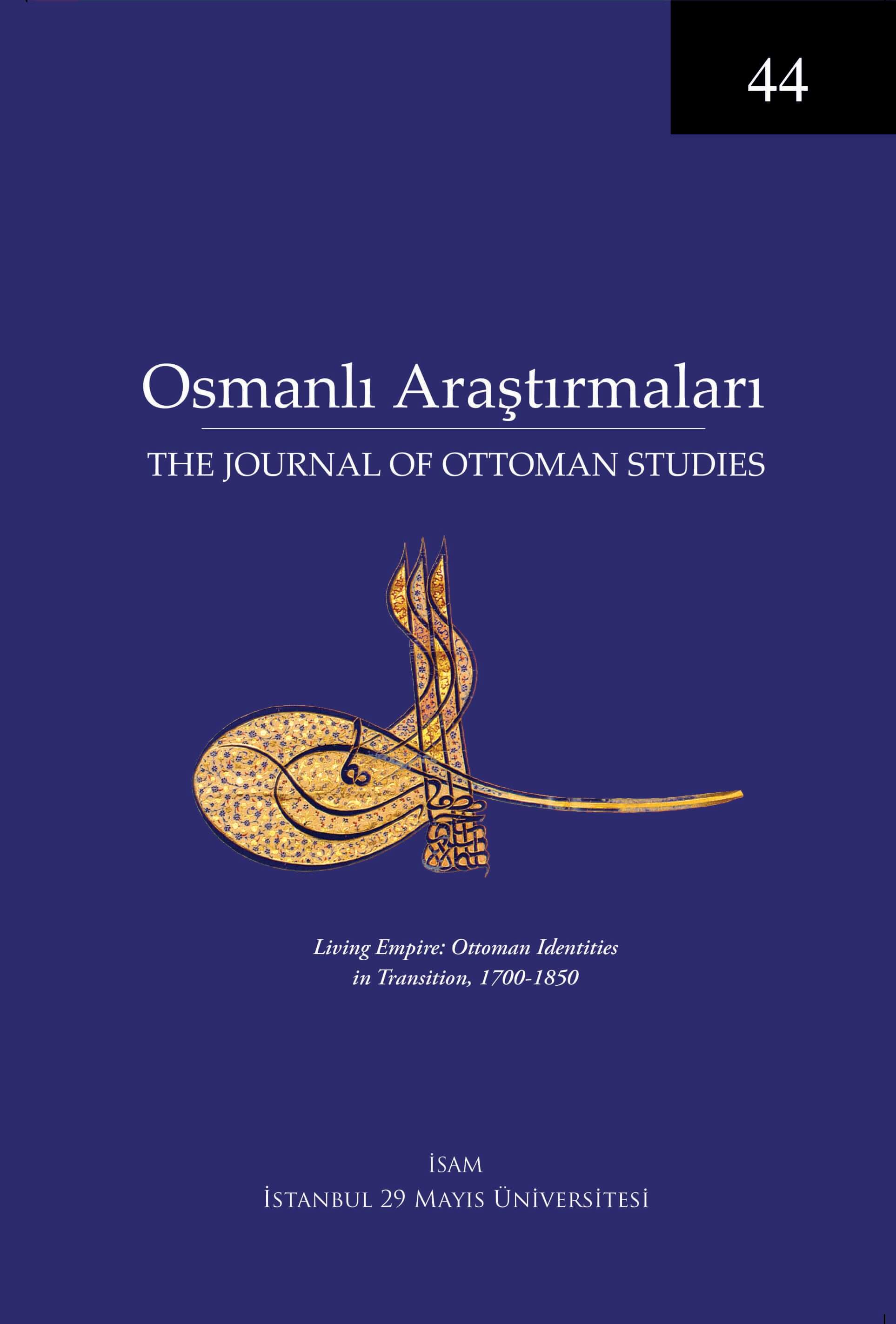Sultan Abdülmecid’s 1846 Tour of Rumelia and the Trope of Love
Keywords:
Abdülmecid, ruler visibility, trope of love, modernity, nationalisAbstract
This article analyzes various aspects of the complex staging of Abdülmecid’s 1846 tour of Rumelia, evaluates the immediate response it elicits from local Orthodox Christian Bulgars, and traces its momentous long-term impact on the shaping of the Bulgar community’s self-conception. The article places Abdülmecid’s tour within the larger context of his predecessor’s groundbreaking series of imperial tours of the 1830s, and the still larger context of Mahmud II’s far-reaching shift towards ruler visibility after his destruction of the Janissaries in 1826. This overarching process, which relied crucially on the annual royal birthday (veladet) and accession-day (cülus) celebrations in the Ottoman capital, the provinces, and abroad (first held in 1836), began, in the author’s view, as yet another type of centralization – of subject (especially, non- Muslim) loyalties. It created an unprecedented avenue for direct regularized symbolic interaction between the ruler and the ruled, core and periphery of Ottoman society on the basis of innovative conceptions and practices of (inclusive) faith and (univer- sal) kingship. Among non-Muslims, the broadening range of local celebrations of the center forged vertical ties of loyalty to the monarch, which were quite successful for at least two or three decades in the mid-nineteenth century. At the same time, it provided a vital venue for the expression of communal interests and the crystallization of communal agendas. In the final analysis, this article lays out in broad strokes a new framework for the study of the advent and nature of modernity and the ethnonational mindset at the popular level in the mid-nineteenth-century Ottoman Empire.




